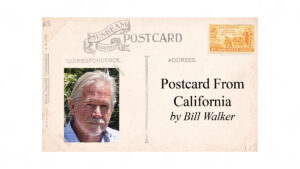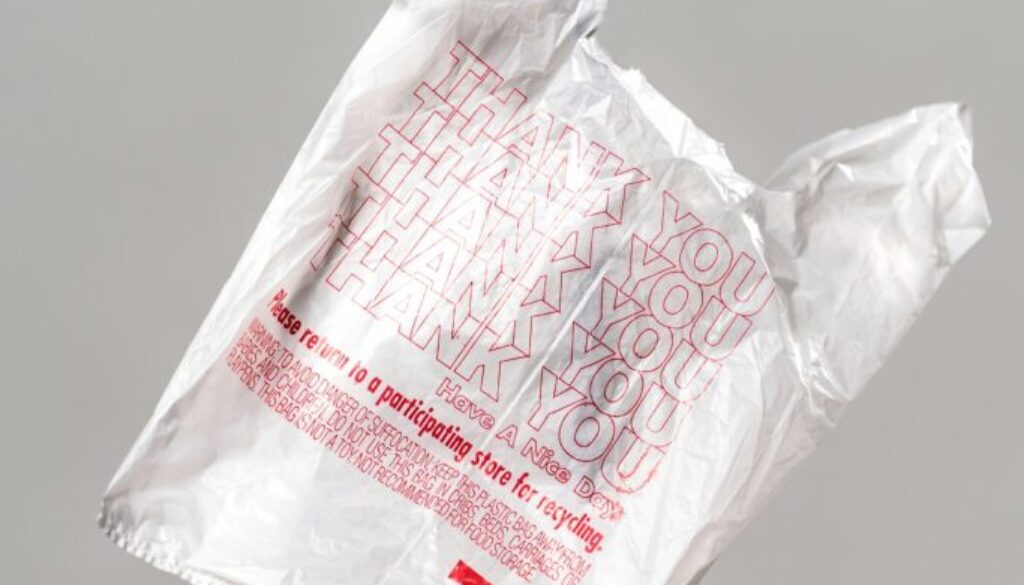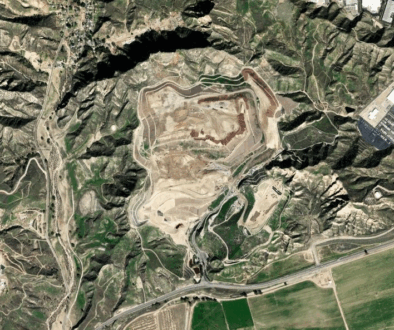Postcard from California: After plastic bag ban backfires, lawmakers seek a fix
 Ten years ago, Californians threw away an estimated 157,000 tons of plastic bags, about 8 pounds for each person in the state. To stem the tide of polyethylene piling up in landfills, polluting parks and beaches, and imperiling wildlife, that year California enacted the nation’s first statewide ban on single-use plastic grocery bags.
Ten years ago, Californians threw away an estimated 157,000 tons of plastic bags, about 8 pounds for each person in the state. To stem the tide of polyethylene piling up in landfills, polluting parks and beaches, and imperiling wildlife, that year California enacted the nation’s first statewide ban on single-use plastic grocery bags.
It didn’t work.
In 2021, the latest year for which figures are available, Californians tossed out more than 231,000 tons of plastic bags – almost 12 pounds per person.
Now lawmakers in Sacramento are trying again.
A pair of bills introduced earlier this month – SB 1053 and AB 2236 – would ban the use of all plastic bags by groceries and other stores that sell food. That means not only the flimsy single-use bags covered by the 2014 law, but also the thicker bags that technically can be reused and recycled, but almost never are.
The thicker bags, of the more durable polyethene called HDPE, carry the familiar, but often misleading, “chasing arrows” recycling symbol. But they can’t go in curbside recycling bins, and good luck finding a store that will take them back or a recycling center that will accept them. They’re designed to be reused up to 20 times, but most consumers toss them as soon as they unload their groceries at home.
“A plastic bag has an average lifespan of 12 minutes and then it is discarded… clogging sewage drains, contaminating our drinking water and degenerating into toxic microplastics that fester in our oceans and landfills for up to 1,000 years,” state Sen. Catherine Blakespear, co-author of SB 1053, said in a press release. “It’s time to improve on California’s original plastic bags ban and do it right this time.”
What went wrong? What happened to turn the state’s good intentions into a disheartening lesson in the law of unintended consequences?
Enter the plastics industry.
Between 2010, when a statewide bag ban was first proposed, through 2014, the nation’s biggest plastic bag manufacturers spent about $6 million on lobbying efforts to try to kill it. When it passed anyway, they launched a petition drive to overturn it, delaying its implementation until voters could decide the issue in the next statewide election – and buying the industry more time to keep selling single-use bags. (Last year, the petroleum industry used the same tactic to delay a ban on oil and gas drilling near homes and schools, which will be on November’s ballot.)
In the November 2016 election, the plastics industry spent more than $2 million on a deceptive campaign to overturn the ban, but voters approved it by a five-point margin. The new law gave shoppers the options of bringing their own reusable bags, not using any bag, or buying either paper bags or the thicker HDPE bags from the store for 10 cents each. (In some cities, such as San Francisco, which in 2007 was the first place in the US to ban single-use plastic bags, the charge is 25 cents. )
Paying 10 or 25 cents a bag is a small disincentive, but it made a big difference: In the six months after the ban took effect, the number of plastic bags sold to customers dropped by 85%, according to a report by the state agency CalRecycle. By 2020, following the pattern of California’s environmental laws spreading widely, nine other states and hundreds of cities had adopted bag bans.
Bag manufacturers’ sales dropped. But then, in a global crisis, the industry seized an opening to recoup its losses.
Early in the Covid-19 pandemic, there was widespread fear that reusable bags could harbor and spread the coronavirus. Although that later proved to be unfounded, the plastics industry did its best to fuel panic.
A campaign by the American Recyclable Bag Alliance warned: “We simply don’t want millions of Americans bringing germ-filled reusable bags into retail establishments putting the public and workers at risk.” The Plastics Industry Association urged the federal government to declare that a ban on single-use bags was a public safety risk.
In April 2020, California Gov. Gavin Newsom joined other states in suspending the charge for HDPE plastic bags, and stores prohibited customers from using bags from home. Instead of eating in restaurants, Americans ordered food to carry out or for delivery, often packed in the old flimsy plastic bags. The plastic bag industry’s production and profits soared.
Charges for HDPE bags were later reinstated, and bags from home were again allowed, but many consumers had lost the habit. The backers of the bills now in the California legislature hope a ban on all plastic bags will encourage more shoppers to use their own bags or the store’s recyclable paper bags. Passage is likely: The California Grocers Association, which opposed the 2014 bill, is now on board.
What happened in California doesn’t mean plastic bag bans don’t work.
In January, a report by the nonprofit Environment America said bans in five states studied have eliminated use of about 6 billion single-use bags a year. A dozen states and about 500 cities now have bans, although six “red” states have bowed to industry lobbying by prohibiting local bans. Jurisdictions that came after California learned from its mistakes and closed loopholes that allowed proliferation of HDPE bags.
The larger lesson is that putting the burden on consumers to reject or recycle individual plastic products only goes so far.
“This is what happens when you try to fight plastic one item at a time,” Mark Gold of the nonprofit Natural Resources Defense Council told the Los Angeles Times. “It’s just not effective at stemming the plastic problem.”
In 2022, California enacted a sweeping law that gets closer to the root of the problem. The Plastic Pollution Prevention and Packaging Producer Responsibility Act puts the burden on manufacturers, requiring that by 2032, all packaging and plastic food ware sold in California is compostable or easily recyclable. Because most plastic can’t meet that test, the law should greatly reduce the amount of plastic entering the state – before it becomes trash.
(Featured image by Christopher Vega on Unsplash.)
- Bill Walker has more than 40 years of experience as a journalist and environmental advocate. He lives in California’s San Joaquin Valley.
(Opinion columns published in The New Lede represent the views of the individual(s) authoring the columns and not necessarily the perspectives of TNL editors.)



